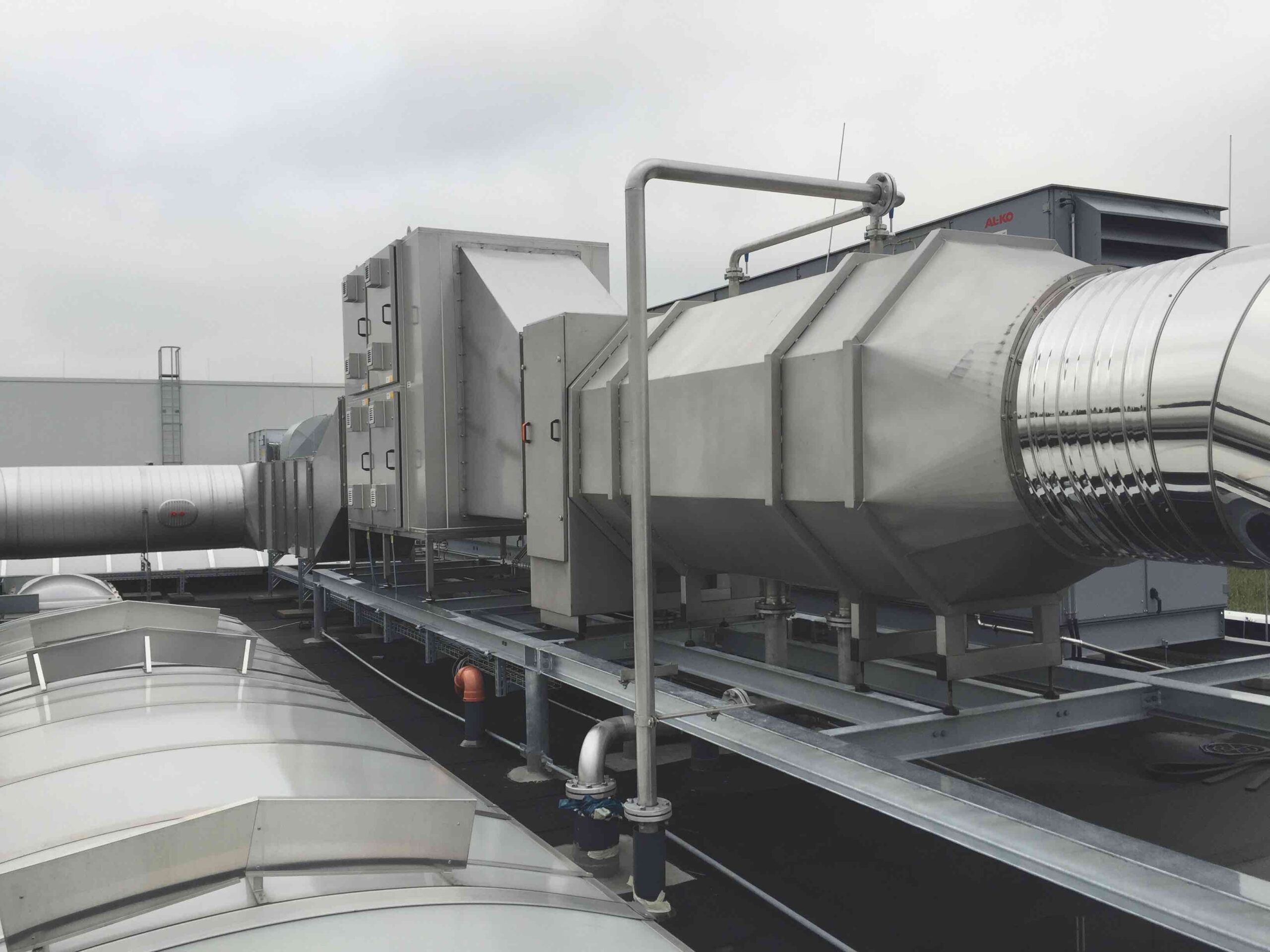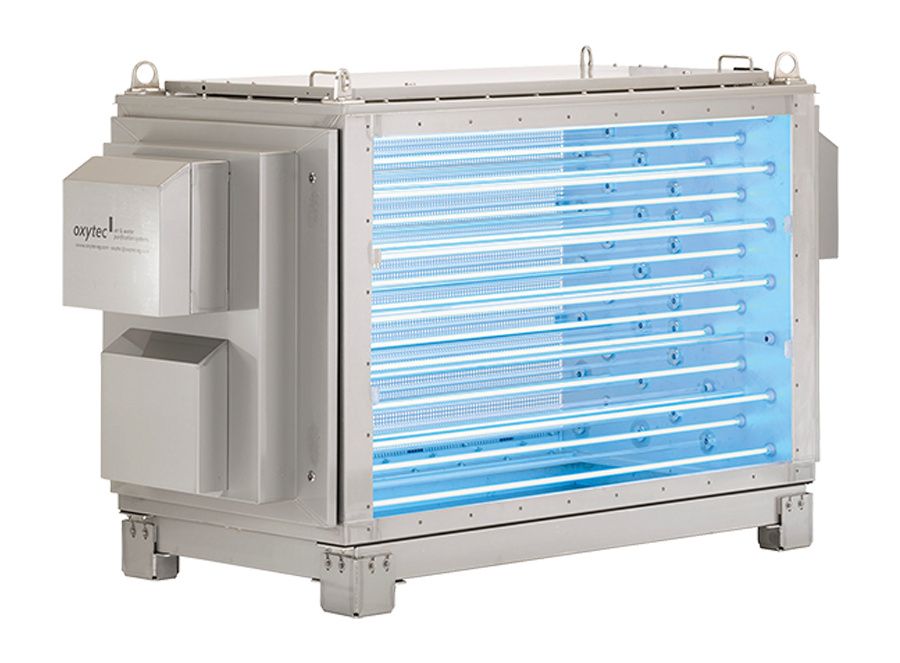Ammonia – NH₃
Ammonia is a basic building block of life and is therefore very common in nature. An oversupply of ammonia affects ecosystems.
The gaseous nitrogen compound is one of the most widely produced chemicals and is the basic material for the production of all other nitrogen compounds. Most of the ammonia is processed into fertilizers, especially urea and ammonium salts.
The main part of ammonia is released in agricultural production.
Released ammonia spreads into the air, reacts with other air pollutants and forms particulate matter. Ammonia itself and the particulate matter formed in the air endanger human health and damage plants and ecosystems.
Ammonia spreads through the atmosphere, is transported, and is deposited in ecosystems, where it can then cause over-fertilization. In addition, ammoinia contributes to soil acidification.
Ammonia can lead to changes in the species composition of biotic communities and to the death of individual species.
Ammonia occurs in the exhaust air from wastewater treatment plants, particularly during sewage sludge drying.
Agriculture is the main source of ammonia emissions in Germany, accounting for around 95 percent. Other emissions come from industry, the energy sector and waste management.
Ammonia escapes mainly from manure and slurry applied to agricultural land. Other sources of ammonia include mineral-based percolating fertilizers, fermentation residues from biogas production, and the excretions of grazing animals.
The TA-Luft provides for an ammonia limit value of 150 g/h in the mass flow.
The mass concentration must not exceed an ammonia value of 30 mg/m³.
We neutralize ammonia in the exhaust air with UV ozone technology. The ozone is generated in an environmentally friendly way via UV light.
If necessary, a column scrubber can be connected upstream to separate ammonia.
Harmful substances are split into water and carbon dioxide.
Depending on the requirements and design, the cleaning effect of the plants is bi2 95%, with a catalyst even 99.9%.


We need your consent before you can continue to visit our website. If you are under 16 and wish to give your consent to volunteer services, you must ask your parent or guardian for permission. We use cookies and other technologies on our website. Some of them are essential, while others help us to improve this website and your experience. Personal data may be processed (e.g. IP addresses), e.g. for personalised ads and content or ad and content measurement. For more information about how we use your data, please see our Privacy Policy. You can revoke or adjust your selection at any time under Settings.
If you are under 16 and wish to give your consent to volunteer services, you must ask your parent or guardian for permission. We use cookies and other technologies on our website. Some of them are essential, while others help us to improve this website and your experience. Personal data may be processed (e.g. IP addresses), e.g. for personalised ads and content or ad and content measurement. For more information about how we use your data, please see our Privacy Policy. Here you will find an overview of all cookies used. You can give your consent to entire categories or display further information and thus select only certain cookies.